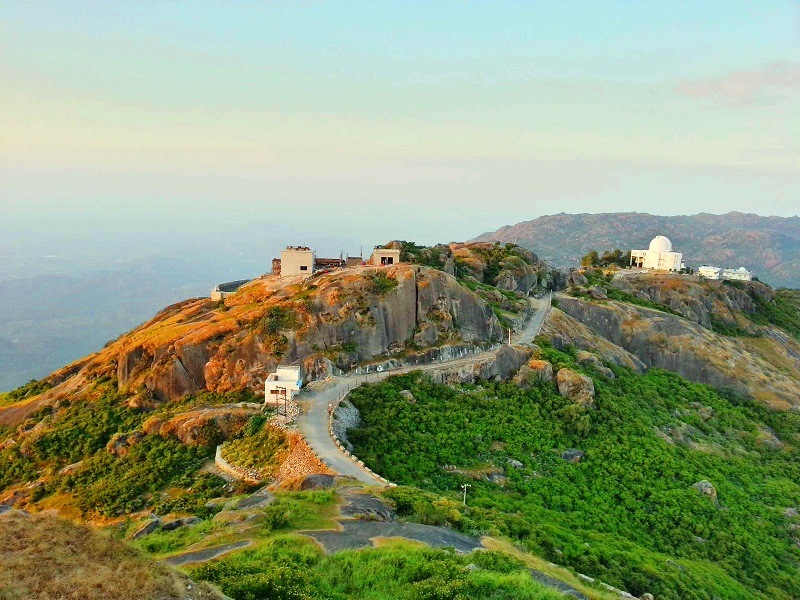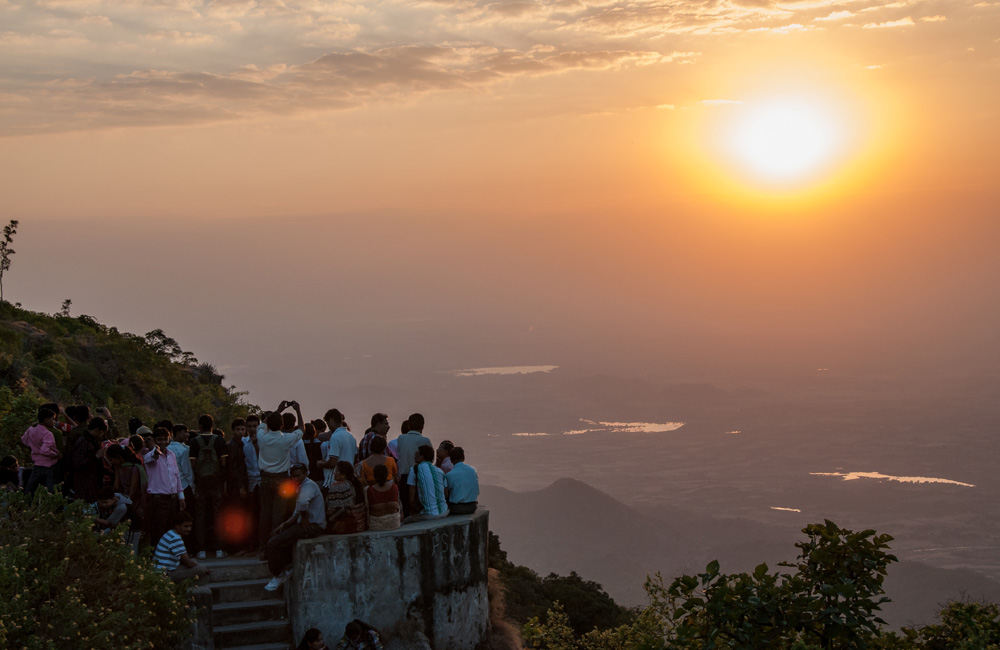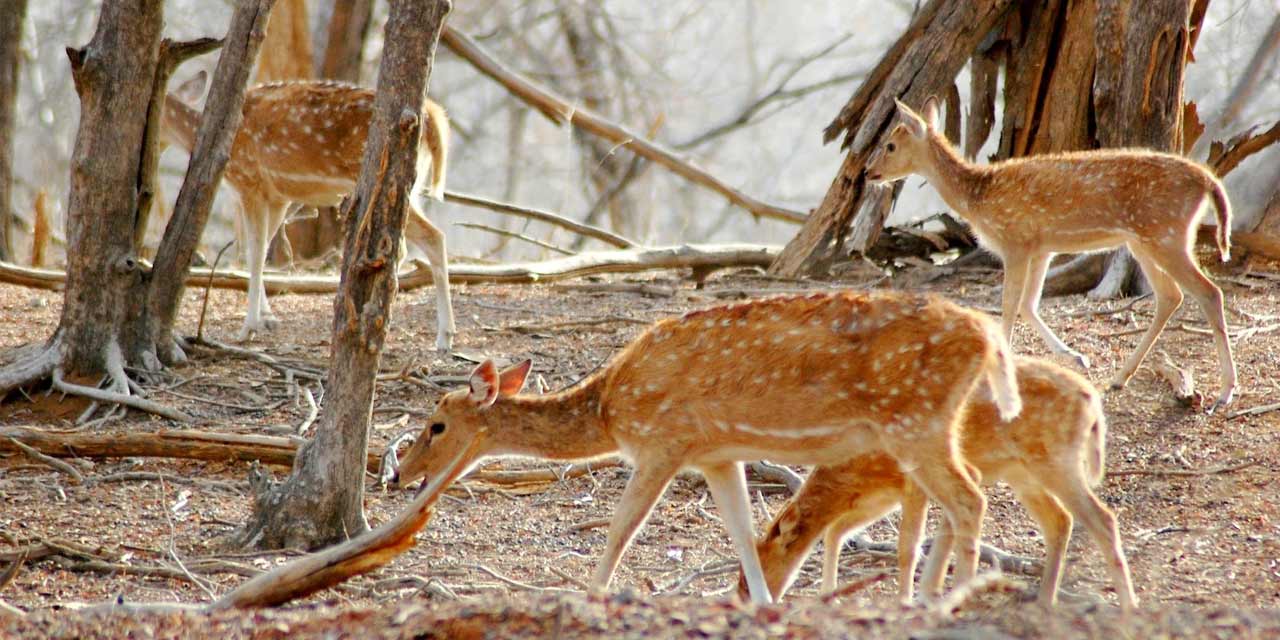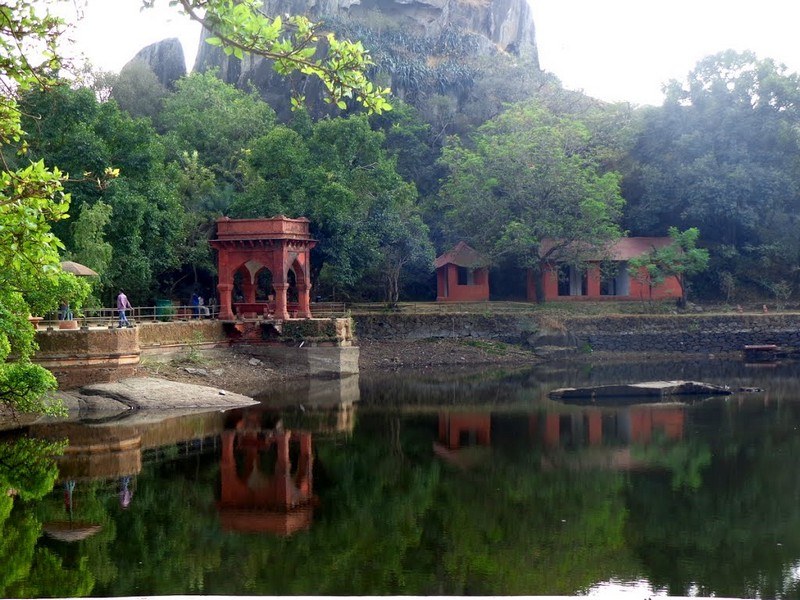BEST Palace to visit in Mount Abu
BEST palaces to visit in Mount Abu
Dilwara Jain Temples
Step into a world of divine elegance and architectural marvels as you explore the Dilwara Jain Temples. Dating back to the 11th and 13th centuries, these temples are a remarkable example of the artistry of yesteryears. Each temple in the complex, including the Vimal Vasahi, Luna Vasahi, Pithalhar, Khartar Vasahi, and Mahavir Swami Temple, exudes a unique charm and showcases the splendid Jain architectural style.

Nakki Lake
Nakki Lake’s history is steeped in folklore, as locals believe it to be dug by gods with their own nails, giving it the name “Nakki,” which means nails in Hindi. This mystical origin story adds an aura of magic to the already captivating surroundings. As you arrive at the lake’s edge, you’ll be greeted by the soothing sound of ripples, a symphony that gently serenades your senses.

Guru Shikha
For those seeking adventure, Guru Shikha offers a thrilling trekking expedition that winds through dense forests and rocky terrain. The journey to the summit is both challenging and rewarding, promising breathtaking vistas and a profound connection with the natural world. Along the way, you may encounter indigenous flora and fauna, adding an element of mystery and discovery to your trek.

Sunset Point
Sunset Point isn’t just a geographical location; it’s a portal to another world—a world where time stands still, and worries fade into the background. As the sun paints its masterpiece, the surrounding Nakki Lake mirrors the sky’s fiery brilliance, creating a breathtaking dual spectacle that feels like something out of a dream.

Achalgarh Fort
Achalgarh Fort, which translates to the ‘Immovable Hill’ in Hindi, stands as a testament to the royal grandeur and valiant history of Rajasthan. This architectural marvel was constructed in the 14th century by the revered Rajput king, Maharana Kumbha. As you approach the imposing fortifications, you’ll be transported back in time, imagining the battles, courtly splendors, and heroic tales that unfolded within these sturdy walls.

Mount Abu Wildlife Sanctuary
Step into a realm where nature’s symphony plays in harmony – from the melodious chirping of birds to the gentle rustle of leaves. The sanctuary is a paradise for nature enthusiasts and wildlife lovers alike. As you venture deep into its heart, you’ll be surrounded by a lush forest canopy that houses an astonishing variety of flora, including lush evergreen forests, bamboo groves, and fragrant orchids.

Adhar Devi Temple
As you approach the grand entrance, you’ll be immeAs you embark on your journey to Adhar Devi Temple, you’ll be greeted by a winding path that meanders through a dense forest of verdant trees, creating an atmosphere of tranquility and anticipation. The journey to the temple is as much a part of the experience as the destination itself. As you climb higher, the crisp mountain air fills your lungs, and the chorus of birdsong guides your way.diately captivated by the sheer scale and architectural brilliance of Akbar’s Tomb. Built in the 17th century, this monument stands as a tribute to the visionary Emperor Akbar, known for his progressive ideals and cultural contributions. The sprawling garden complex surrounding the tomb beckons you to explore its lush pathways, fountains, and meticulously manicured landscapes – a serene oasis that sets the stage for the opulent edifice that awaits.

Trevor's Tank
As you venture into the heart of Mount Abu, Trevor’s Tank emerges as a refreshing revelation. Named after the British engineer who built it, this idyllic reservoir is not just a source of water but a reservoir of unforgettable memories. Surrounded by dense forests and rolling hills, it feels like a scene straight out of a fairytale.

Honeymoon Point
As you arrive at Honeymoon Point, you’ll be spellbound by the sheer natural grandeur that surrounds you. The vantage point offers an unobstructed view of the sun-kissed hills, lush forests, and the shimmering Nakki Lake below. The air is filled with the sweet fragrance of blooming flowers, creating an atmosphere that truly feels like heaven on Earth. It’s the perfect setting for couples to steal romantic moments and share their dreams amidst nature’s finest masterpiece.

Make a ENQUIRY
Trip Advisor Reviews

Read reviews |
Write review
Trip Advisor Reviews

Read reviews |
Write review
BEST Time to visit in mount abu
Nestled in the serene Aravalli Range of Rajasthan, Mount Abu is a picturesque hill station that beckons travelers year-round with its lush landscapes, cool climate, and cultural charm. However, choosing the best time to visit this oasis in the desert state is crucial to fully immerse yourself in its beauty and enjoy a memorable experience. To make your journey unforgettable, let’s delve into the details of when the best time to visit Mount Abu is.
Autumn (October to November):
Autumn is undoubtedly one of the finest seasons to explore the enchanting beauty of Mount Abu. As the monsoon recedes, the hill station comes alive with lush greenery and crisp, rejuvenating air. The weather is pleasantly cool, with daytime temperatures ranging from 20°C to 29°C, making it perfect for outdoor activities. This is an ideal time for nature lovers, as the gardens and lakes are at their most vibrant. The Nakki Lake, in particular, offers serene boat rides amidst clear skies and calm waters.
Winter (December to February):
For those who love a chilly atmosphere and want to witness a unique facet of Mount Abu, winter is the season to be here. With temperatures ranging from 11°C to 24°C, the hill station dons a cozy, ethereal charm. The misty mornings and the occasional fog create an almost mystical ambiance. It’s also the time for the famous Winter Festival, a cultural extravaganza showcasing Rajasthani folk music and dance, making it a must-attend event.
Spring (March to June):
As the mercury starts to rise, Mount Abu enters its spring season. This is a fantastic time for adventure enthusiasts and trekkers. The days are pleasantly warm, with temperatures hovering around 23°C to 33°C, making it perfect for exploring the many trails that crisscross the hills. The lush flora and fauna are in full bloom during spring, adding a burst of color to the landscape. However, it’s wise to pack some light woolens as the evenings can still be a bit chilly.
Monsoon (July to September):
While the monsoon season can be a bit unpredictable and brings occasional heavy rains, it offers a unique perspective of Mount Abu’s beauty. The hills come alive with cascading waterfalls, and the entire region gets a refreshing makeover. The temperatures during this time range from 21°C to 28°C. Trekking becomes a thrilling experience as the trails are surrounded by lush greenery and glistening water bodies. This season is perfect for those looking for a tranquil escape, as the hill station is less crowded.
Summer (June to September):
Summer in Mount Abu can be quite warm, with temperatures ranging from 24°C to 33°C. While it might not be the ideal time for outdoor activities, it is a fantastic season for those seeking solace and solitude. The hill station sees fewer tourists during this time, making it easier to explore its attractions at a leisurely pace. Additionally, it’s a great time to savor some local Rajasthani cuisine and explore the vibrant markets.
In conclusion, the best time to visit Mount Abu largely depends on your preferences and the experiences you seek. Autumn and winter offer pleasant weather and cultural festivities, while spring is ideal for outdoor enthusiasts. Monsoon showcases nature’s grandeur, and summer provides a serene escape. To make the most of your trip, plan accordingly, and you’ll undoubtedly fall in love with Mount Abu’s timeless beauty, regardless of the season you choose to visit.


